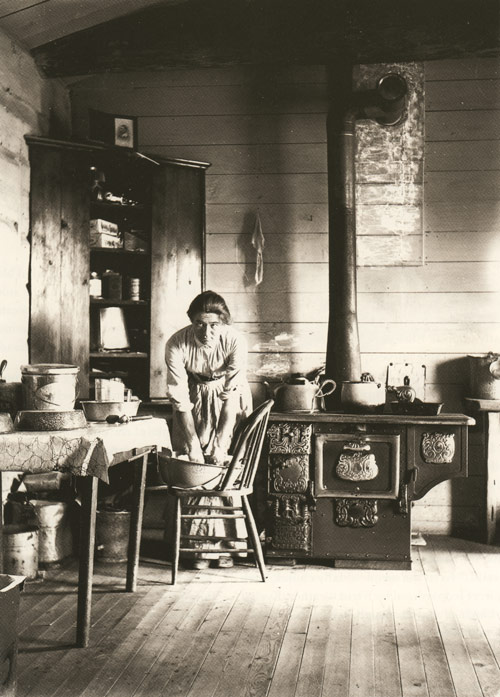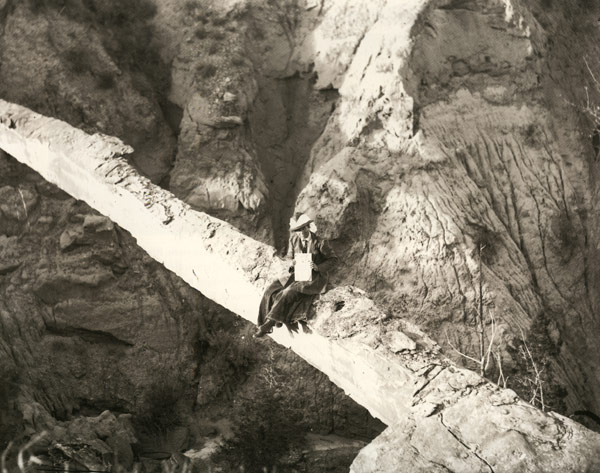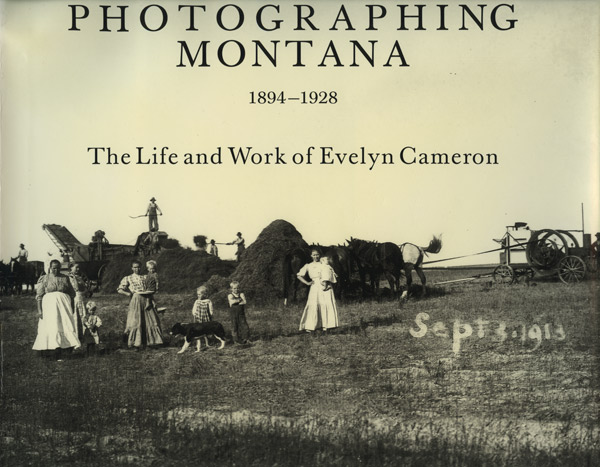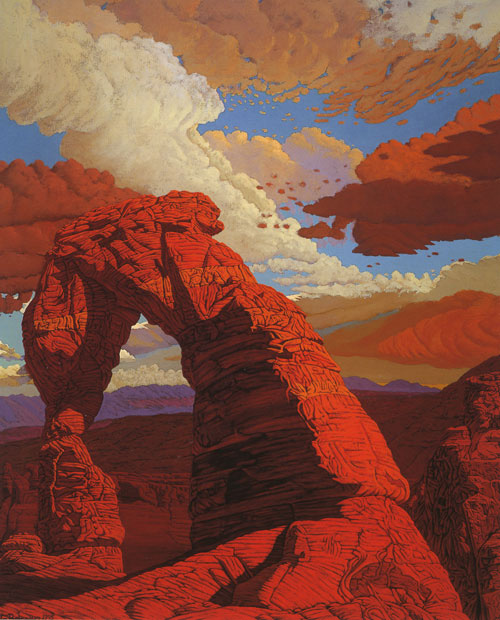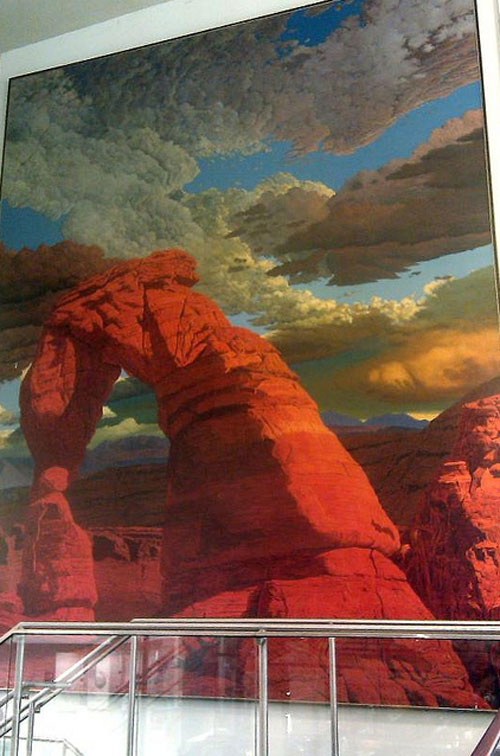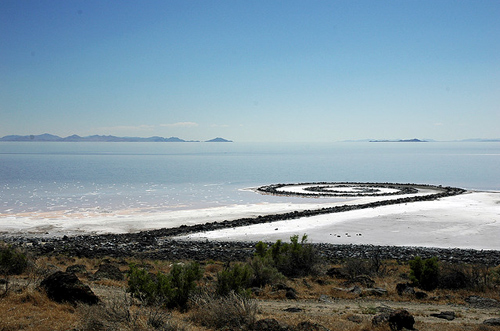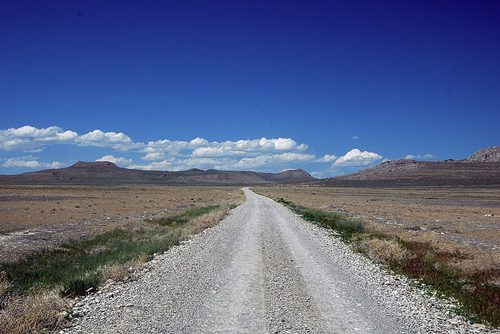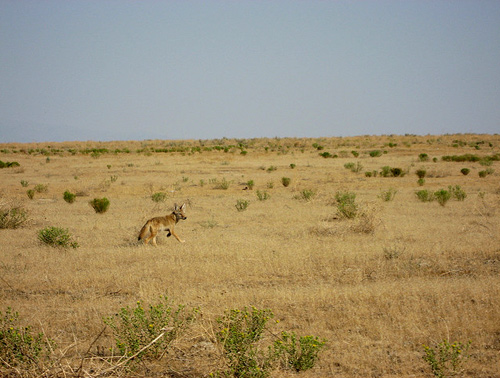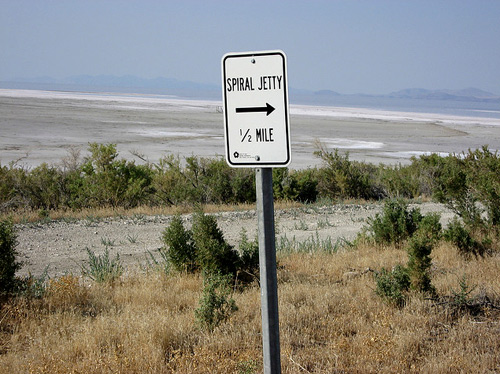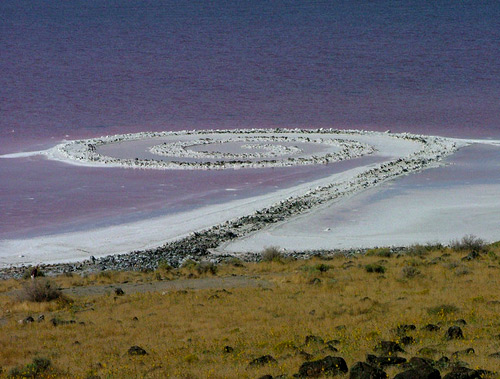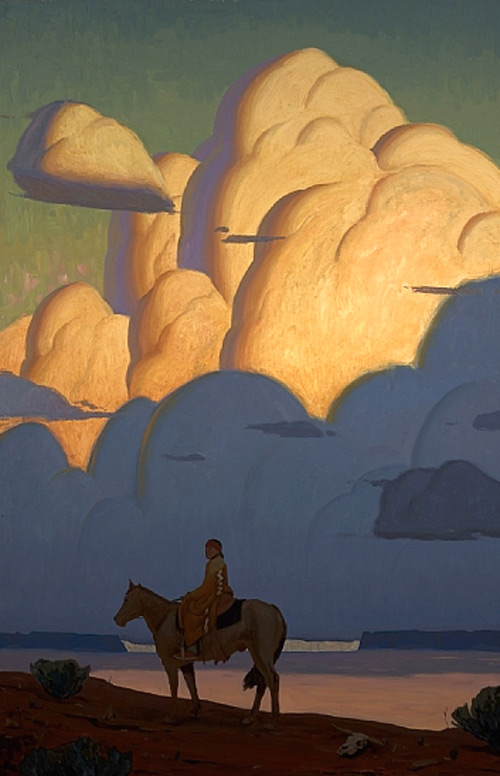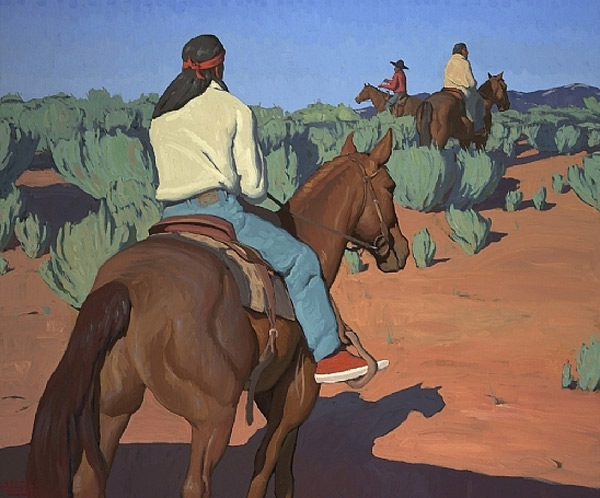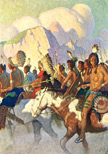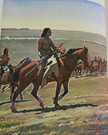Painting of the Day, January 3, 2011
 Tuesday, January 3, 2012 at 8:08PM Tweet
Tuesday, January 3, 2012 at 8:08PM Tweet By Donna Poulton
This image of Máto-Tope by Karl Bodmer is the only work of art I have hanging in my office. At roughly 3 x 5 ft. the reproduction dominates the room and never ceases to fascinate me or surprise visitors who stop by my office. Máto-Tope was a celebrated Mandan chief and warrior who was highly decorated for his valor. Every aspect of his visage has meaning, from the color of different stripes on his body and the assorted feathers from different birds to the insignia in his hair (wooden knife, six wooden sticks) … all are symbols relevant to his conquests, wounds, and bravery.
 Máto-Tope by Karl Bodmer. Credit: My-West.com photograph.
Máto-Tope by Karl Bodmer. Credit: My-West.com photograph.
In 1832 an unlikely expedition set out to document North American Indians and their way of life. Traveling as far as Montana, Maximilian Prince of Wied (1782-1867) financed the trip hiring Swiss painter Karl Bodmer (1809-1893) to join the group. Bodmer documented tribes, chiefs, warriors, dance, hunting and other rituals while Prince Maximilian took copious notes on his many interviews with different tribes. The result was their book Travels in the Interior of North America, a rare and highly collectable book.


